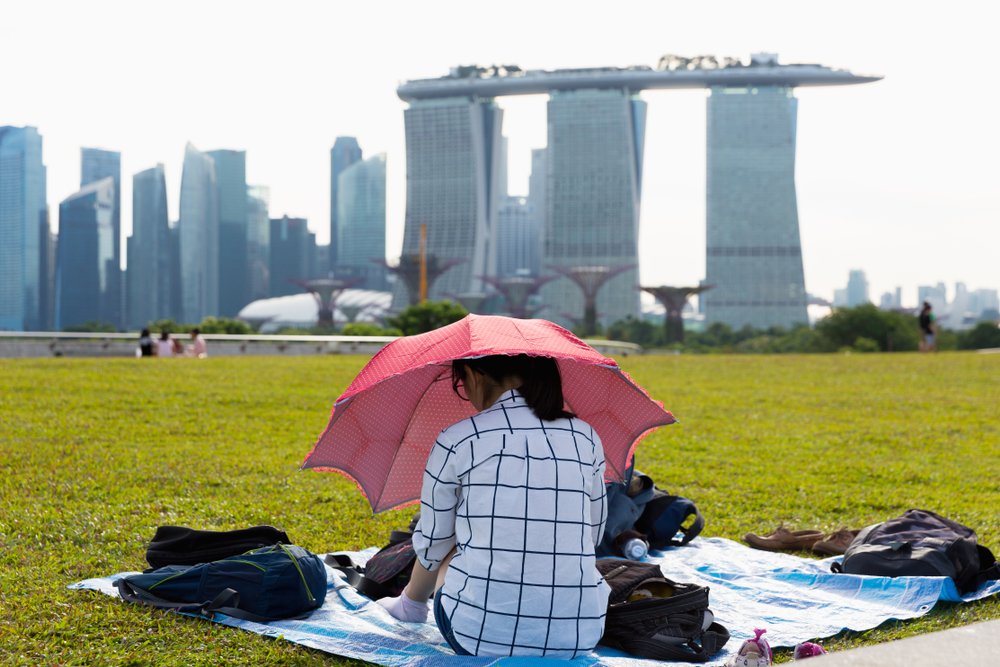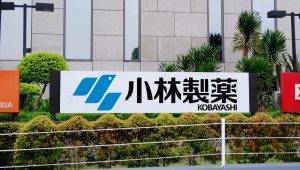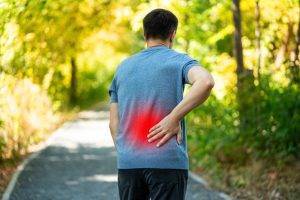Singapore’s National Environment Agency (NEA) has unveiled a pioneering heat stress advisory offering real-time information on heat stress risks in various regions of the island.
Developed with the Ministry of Sustainability and the Environment (MSE) and the Ministry of Health’s (MOH) heat stress guidelines expert panel, this advisory is designed to help the public adapt to escalating temperatures.
Decoding Heat Stress
Heat stress occurs when the body fails to effectively eliminate accumulated heat through sweat evaporation. Subsequently, this can lead to heat-related illnesses. Being mindful of heat stress levels, especially during outdoor activities like jogging or picnicking, is encouraged. Firstly, the advisory provides low, moderate, and high-risk levels to guide individuals on precautions to take.
Heat stress risk is gauged using the internationally recognised Wet Bulb Globe Temperature (WBGT) metric. The WBGT aggregates air temperature, natural wet bulb temperature, and black globe temperature, thus offering a comprehensive assessment considering humidity, wind speed, and solar radiation.
| Low heat stress WBGT* <31 deg C |
Moderate heat stress 31 deg C ≤ WBGT <33 deg C |
High heat stress WBGT ≥33 deg C |
| Activity: • Continue normal activities |
Activity: • Reduce outdoor activities • Take regular breaks indoors/under the shade |
Activity: • Minimise outdoor activities; stay under the shade where possible • Take more frequent and/or longer breaks indoors/under the shade |
| Action: • Hydrate normally |
Action: • Drink more fluids • Monitor body for signs and symptoms of heat-related illness |
Action: • Drink more fluids* • Monitor body for signs and symptoms of heat-related illness • Cool actively during breaks (e.g. sponging, pouring water over arms and legs) |
| Attire: • Wear normal attire |
Attire: • Avoid multiple layers of clothing • Use an umbrella or wear a hat |
Attire: • Avoid multiple layers of clothing • Use an umbrella or wear a hat • Wear lightweight and light-coloured clothing with thin and absorbent material |
Monitoring Heat Stress
Real-time updates on heat stress levels are available every 15 minutes on the myENV app and MSS website. The advisory is particularly beneficial for those engaged in extended outdoor activities. Notably, the risk of high heat stress peaks between 11 am and 3 pm, owing to solar radiation. Currently, nine WBGT sensors are installed across Singapore, mostly at sports halls and outdoor activity nodes. Over the next two years, NEA plans to install more sensors, particularly in areas with higher human traffic.
Key Risk Groups
However, while the advisory is helpful for the general population, extra caution should be exercised by groups more susceptible to heat stress. These include the elderly, children and infants, those with chronic conditions or recent illnesses, pregnant women, and recent travellers from cooler climates.
Climate Change: A Rising Concern
Singapore’s rising temperatures are linked to global warming and urbanisation. The NEA also warned of a high risk of El Niño conditions in the latter half of 2023, which could result in warmer, drier temperatures. Additionally, the past decade has been the warmest on record for Singapore, with a peak temperature of 37°C in May this year.
Global Perspective on Rising Heat
Concurrently, this advisory’s release coincides with added global awareness of extreme heat. Also, the World Health Organisation is working with the World Meteorological Organisation to support countries in making action plans to mitigate the impacts of excessive heat on health.
Conclusion
Finally, this advisory represents a significant stride towards better public health management amid rising temperatures. Therefore, by offering real-time updates and guidance, it empowers individuals to protect themselves, particularly vulnerable groups. As climate change continues to escalate, such measures are critical in ensuring public health and well-being.













